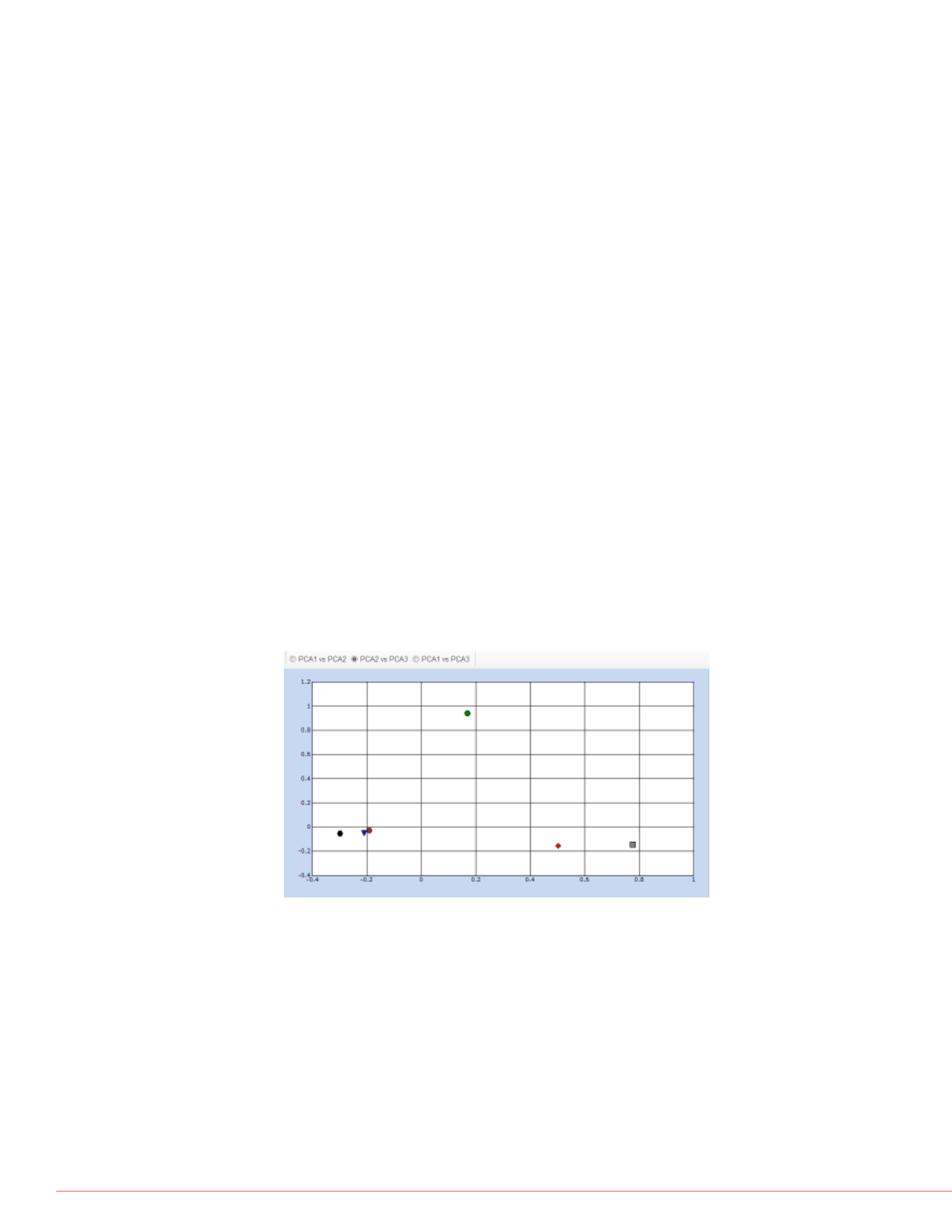

6
A Strategy for an Unknown Screening Approach on Environmental Samples using HRAM Mass Spectrometry
on and chromatographic
EQuan™ system was
0 µL was injected onto a
ld™ 20x2.1 mm trapping
n onto a Thermo Scientific
c column. A 6.7 minute
s shown in Fig 1. This
f 15 minutes for sample
and chromatographic
tion a Thermo Scientific
eter was used and run in full
IF) mode. In this mode full
ted with AIF fragmentation
0,000 (FWHM@
m/z
200)
range of
m/z
103 to 900
70 and resolution setting
ns) to be prepared for all
ass axis of the system was
libration mix once prior
ation of the instrument
quired.
ethod setup.
Unknown Screening
As a consequence of the limitations of a suspect screen
an unknown screening workflow was run. For this the
measured sequence was transferred to the screening
application SIEVE for unconditioned component
detection. Since all necessary settings and parameters
were transferred from TraceFinder to SIEVE
automatically, the component detection process could be
started immediately. As a result, 5000 components were
detected. Since such a list contains all components
regardless of their significance, refinement of this list was
clearly needed. As part of the process, all samples were
referenced against the tap water sample, so a simple filter
could be applied to remove matrix and background
signals from the result list, leaving 1829 components in
the list. Application of a principal component analysis to
this result revealed that three water samples were closely
related, while on water sample (surface water 1, see Fig.
5) seemed to be rather different in its content, so the filter
for significant components could be further refined.
FIGURE 5. PCA result after filtering for significant
differences.
surfacewater3
surfacewater4
surfacewater2
surfacewater1
tapwater
neatstandard
Since all final processin
results of target, suspec
easily be combined into
and archiving one singl
between the two applic
shows a short selection
part of the initial target s
unknown screening pro
FIGURE 8. Selection o
present in previous ta
Compound Name Formula
m/z (Ap
Bisoprolol
C18H31NO4
326.23
Candesartan C24H20N6O3 441.16
Carbofuran
C12H15NO3
222.11
Dibenzylamine C14H15N
198.12
Irbesartan
C25H28N6O 429.24
Loxoprofen
C15H18O3
247.13
Mexacarbate C12H18N2O2 223.14
Oxazepam C15H11ClN2O2 287.05
Propiconazole C15H17Cl2N3O2 342.07
Tramadol
C16H25NO2
264.19
Conclusion
In this example of envir
that it is possible to enh
suspect screening with i
general unknown scree
automation from within
power of the Exactive Pl
is the driving force behi
the obtained results bec
of the analyte peaks fro
Chemspider is a trademark of the Royal
Thermo Fisher Scientific and its subsidiar
these products in any manners that might
Presented at RAFA, Prague, Czech Repu



















